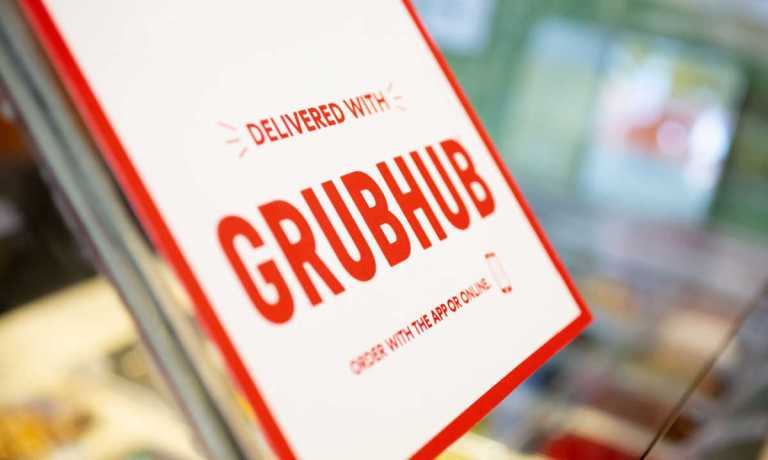
As aggregators look to drive spending despite consumers’ belt-tightening behaviors, Grubhub is using new digital features to drive up check sizes.
The company announced earlier this month the launch of several new features, including an in-app digital wallet that shows consumers the credits they have available, such as gift cards and rewards benefits. In an interview with PYMNTS, Kiran Chandran, the aggregator’s vice president of product and design, discussed how the marketplace hopes this transparency will encourage shoppers to trade up.
“By seeing it first thing, users are able to better assess the credit they have available, which they then keep top of mind throughout the ordering process,” Chandran said. “For example, a user could open the app, see their available funds and be pleasantly surprised that they have more credit than they originally thought. This might encourage them to add a side to an entree or get a dessert or drink with their meal as well.”
The move comes as, amid economic pressures, consumers tend to make more conservative choices. For instance, the PYMNTS Intelligence study “Connected Dining: Rising Costs Push Consumers Toward Pickup” revealed that 52% of consumers whose most recent restaurant purchase was from a quick-service restaurant (QSR) were more likely to order for pickup versus delivery because of inflation. Plus, 43% of those who had most recently ordered from a restaurant with table service said the same.
Also included in the app changes was a move to make the homepage experience more personalized to the individual user, which comes as shoppers seek tailored shopping experiences but are often disappointed by the ones they are presented with.
According to the PYMNTS Intelligence report “Personalized Offers Are Powerful — but Too Often Off-Base,” based on a survey of over 2,500 U.S. consumers, 83% of consumers expressed interest in receiving personalized offers. Despite this interest, only 44% of consumers who received tailored offers found them highly relevant to their needs.
“By focusing on variables such as user history, time of day and location, we aim to provide recommendations that resonate with the user, getting them through the funnel faster and without the headache of thinking about what they want to order,” Chandran told PYMNTS.
Most consumers do not turn to aggregators in the hopes of spending time discovering new restaurants. Rather, most customers already know what they want to order. PYMNTS Intelligence data showed that 58% have already decided what restaurant they are going to purchase from before logging in to an aggregator most or all of the time.
Overall, the goal of these features is not just to make consumers spend more per order but also to boost customer frequency Chandran said. By making it easier for consumers to see and use their available credits, and by offering more tailored recommendations, Grubhub aims to turn casual users into loyal customers, even in the face of economic challenges.
“What pain points can we solve?” Chandran said. “How can we make ordering easier for them? When you approach updates that way, you undoubtedly increase loyalty since users have a better experience every time, which makes them want to come back.”